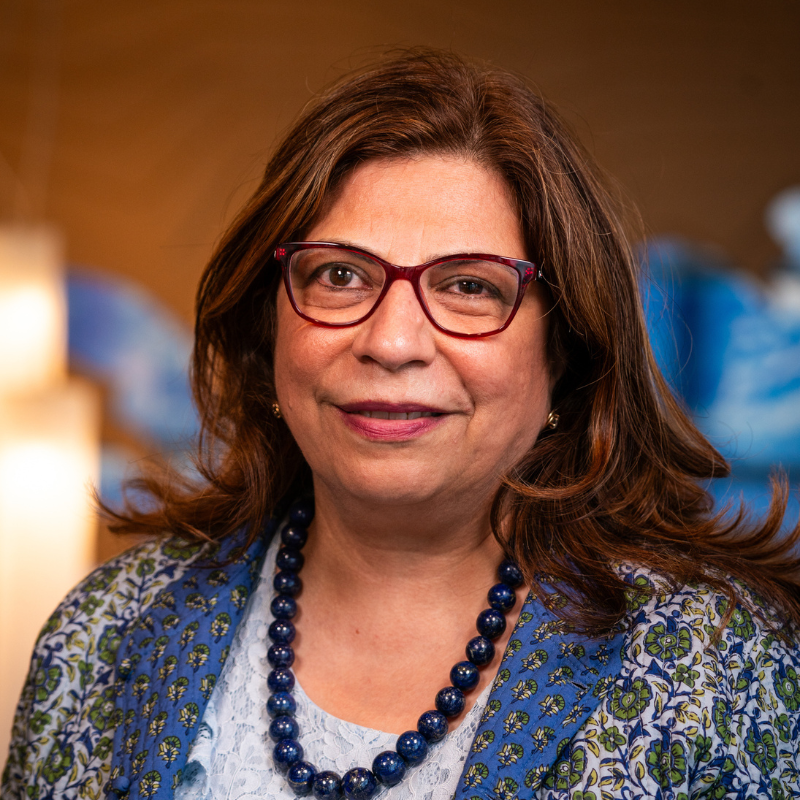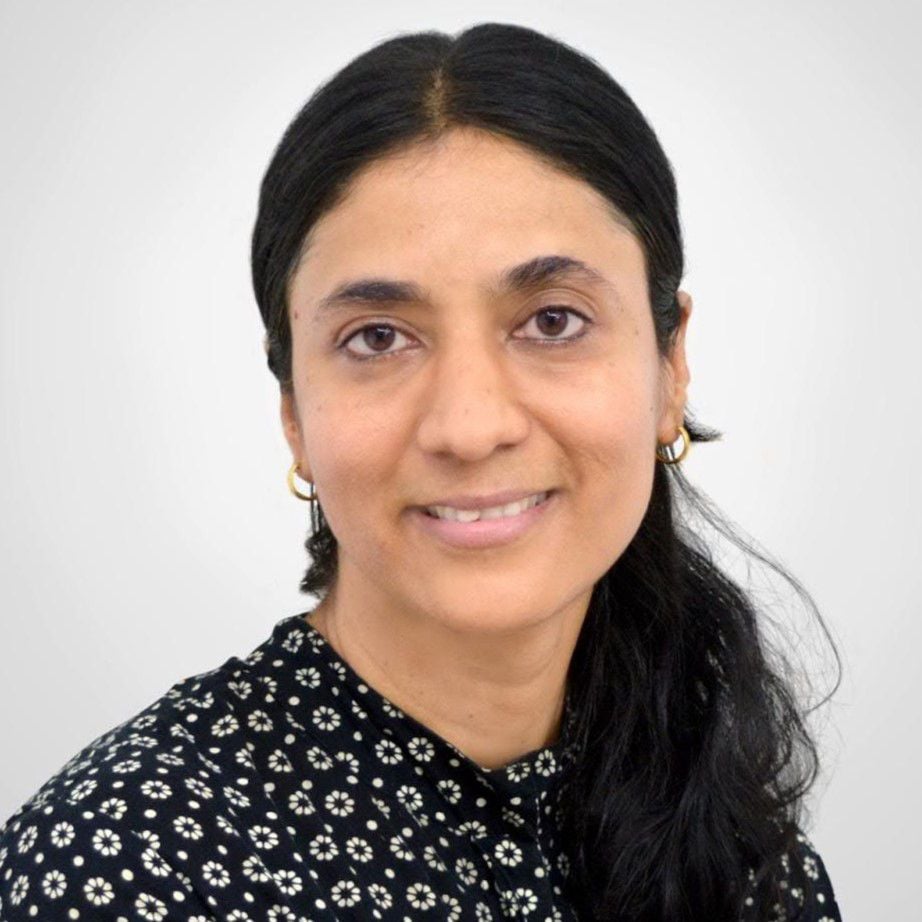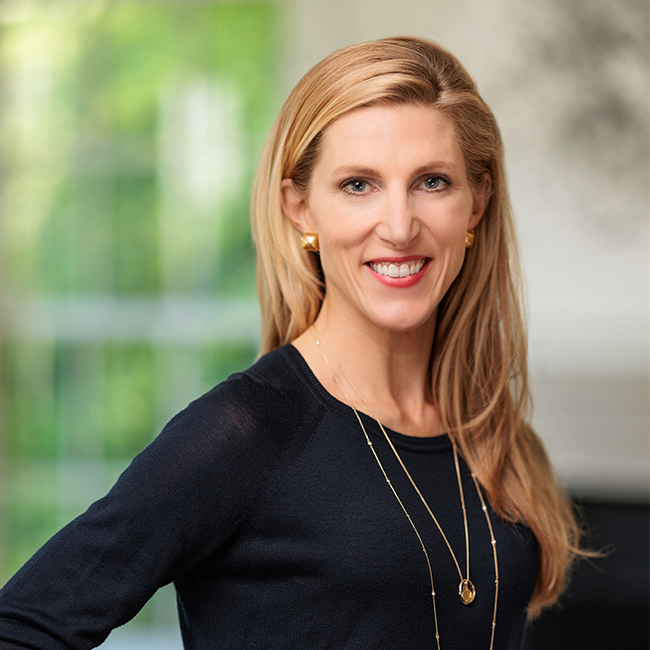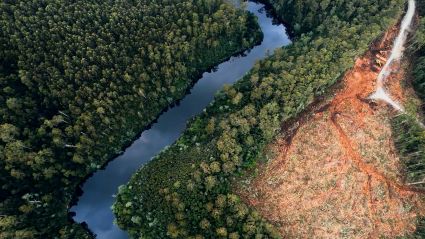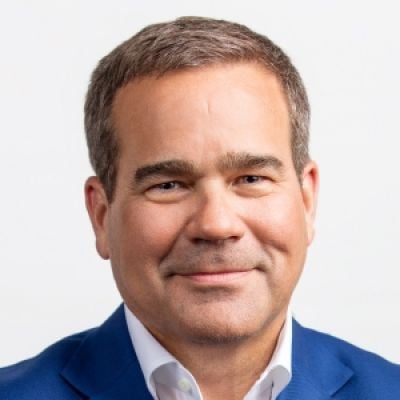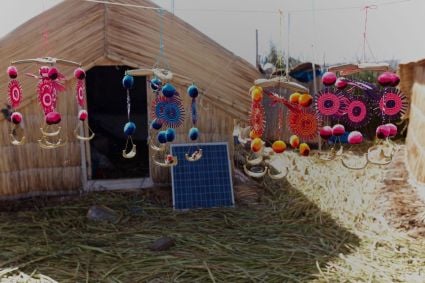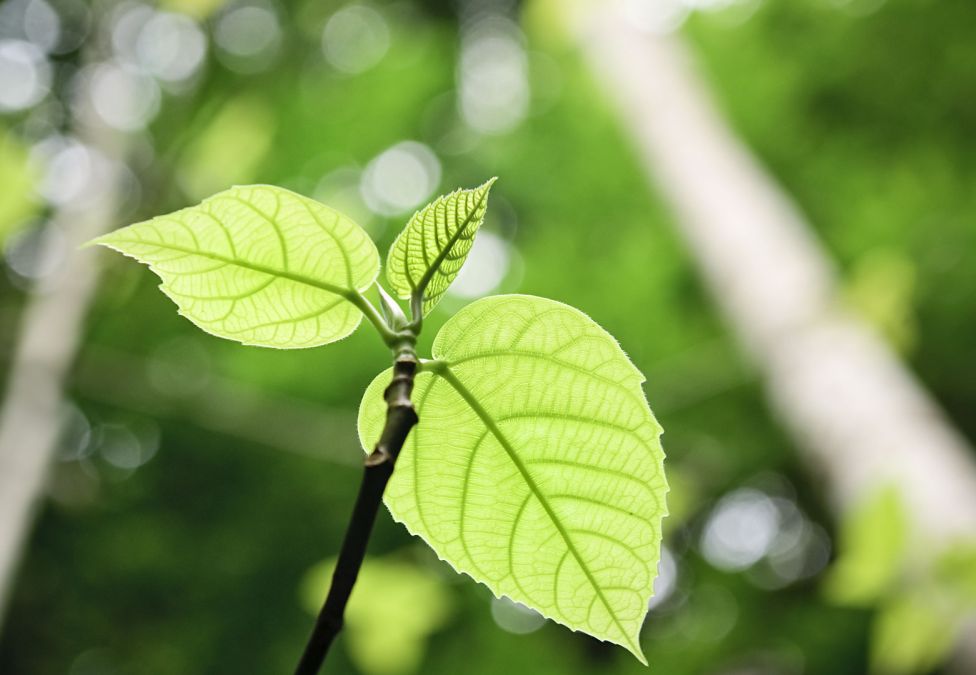
In 2022, for the first time in 13 years, developed countries met the annual pledge they had made at COP 15 by mobilizing over $100 billion for developing nations to address their climate needs. While this milestone is important, it is far from sufficient. Addressing climate change and meeting the Sustainable Development Goals (SDGs) require trillions of dollars in financing annually. While multilateral development banks (MDBs) have a crucial role to play in this effort, they must first embrace bold reforms.
MDBs have historically played a pivotal role in supporting global development. However, their current financing model, primarily through loans, has raised concerns. Developing countries already burdened by debt are calling for more grant-based and concessional financing to address losses and damages from climate impacts. It is vital to provide a platform for these nations to voice their needs and advocate for necessary improvements. Given the widespread implications of such reforms, it is essential to ensure that climate policies and projects are equitable and inclusive of the most vulnerable populations.
The Rockefeller Foundation has been at the forefront of supporting improvements like Barbados Prime Minister Mia Mottley’s Bridgetown Initiative. The initiative calls for systemic changes, such as expanding MDBs’ balance sheets, increasing concessional financing, and creating mechanisms for debt relief and climate resilience. We have convened high-level global stakeholders to discuss how these and other changes can help build a stronger, more responsive global financial system. By bringing together governments, private-sector players, and civil society, we aim to catalyze the collaborative action needed to drive these reforms.
It is essential to ensure that climate policies and projects are equitable and inclusive.
The Rockefeller Foundation and our partners have also worked to identify and scale innovative financing mechanisms. By promoting novel instruments, such as blended finance, which combines concessional finance with private capital, MDBs and other funders can attract more financing for climate projects, reducing the disproportionate risk premiums that currently burden developing nations.
The goal is not just to unlock more financing for climate mitigation and adaptation but also to support broader development efforts, ultimately improving lives and livelihoods. Investing in sustainable, regenerative agriculture practices can both reduce carbon emissions and improve food security by increasing crop yields. Financing efforts to make health systems more resilient to climate shocks can ensure people have access to care even in the face of extreme weather events. Prioritizing renewable energy projects—particularly in regions like Southeast Asia, where energy demands are rapidly increasing—can help communities develop resilient infrastructure, promote energy efficiency, and reduce emissions.
Transforming MDBs is not just about increasing climate financing; it is about reshaping the global financial system to better respond to the interconnected challenges of our time. With the right reforms, MDBs can help drive progress across all the SDGs, leading to a more equitable, sustainable future. As we move forward, the world must embrace these big bets to ensure that the promise of sustainable development becomes a reality for all.
